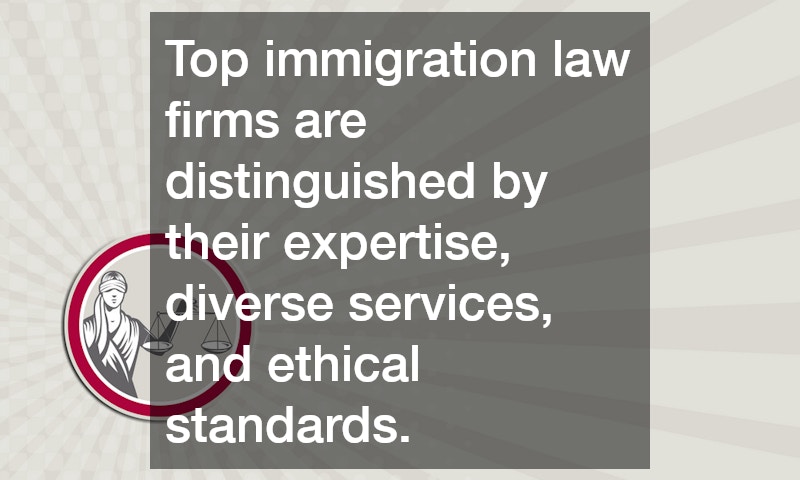“Where there’s a will, there’s always a way.”
This, perhaps, is the main motto of financial criminals who do money laundering for a “living.” Usually, these people prey on small businesses by giving them “business opportunities” they just can’t pass up.
Since the offer for easy money doesn’t come often, they then close a deal with money launderers unknowingly entangling them in the world of organized crime.
What is money laundering?

Money laundering is a method that financial criminals use to finance and protect organized crime, some of which are the most destabilizing enterprises and businesses in the world.
It is an essential part of any organized crime. Laundering money is how criminals earn money from crime by making it appear as if it’s coming from a legitimate source. The cycle involves the accumulation of dirty money, separation from its source, combination with clean money, and reentry to its point of origin.
Most of their transactions use cold cash because only cash transactions can be untraceable at the point of exchange.
Different Ways Money is Laundered
Using Shell Companies
Shell companies are companies that only exist on paper with no actual physical operational business. This method is relatively cheap to set-up and highly effective.
This is what experts like to call the “layering phase” where the money is funneled and used several times over making it harder to track.
Exploiting Weak Links
Launderers also sometimes look for weak spots in the economy to penetrate the market. After the collapse of the Soviet Union, launderers took advantage of the chaos and found several weak links in the form of ill-equipped and poorly-supervised banks, some of which were willing to be complicit.
These banks are then used to move money around by way of western correspondent banks. This process somehow cleansed funds and moved them around with lesser scrutiny.
Trade Misinvoicing
Financial criminals also move funds by engaging in seemingly legitimate trade of goods and falsifying receipts and invoices to hide its true value.
According to Global Financial Integrity, trade misinvoicing accounts for 18% of trading between developing and developed nations.
Mirror Trades
Even the stock market is not safe from money launderers. These criminals mirror stock transactions in two separate places to cancel each other out. Despite the cancellation of the stocks, the movement of money from one place to another still took effect by bringing money across borders.
Combining Clean and Dirty Money
One genius way that money launderers operate is working with legitimate businesses to move money around. They sometimes work with real companies that generate a big income and use these establishments to merge funds before they take their money to the bank.
Casinos and restaurants are attractive targets for money launderers so watch out if you own cash-based operations like these.
Smurfs
To not raise eyebrows, money launderers simply break large amounts into smaller chunks and have them deposited in different accounts across different locations. Since U.S. banks are required to report transactions amounting to $10,000 and up, launderers stay clear of that limit.
The threat of money laundering to small businesses is real. You have to always exercise caution in making business deals. If you need to go down the route of a sanction screening to protect your business, then do so.
Always keep in mind that if an offer is too good to be true, then perhaps it is. Never compromise your integrity and your business for the lure of easy money.

